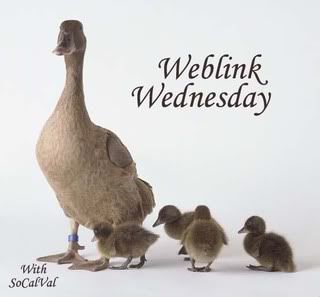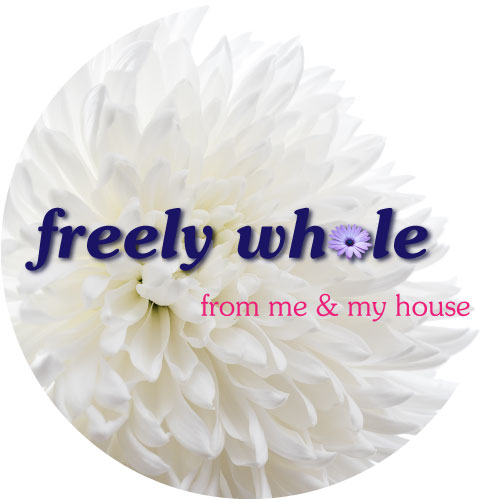Jennifer tagged me for this. And I’d already been tagged by Tracy at my ‘from me’ blog, so you can read 7 other random things there.
7 Random or Weird Things About Me and 7 People are Tagged (at the end)
1. I love to go barefoot. Rarely will you find me in shoes, except at church (until I get there anyhow) or in the store, and when it is winter and I have my sheepskin slippers on.
2. I love shoes. My father in law ran a shoe store for over 40 years. At one time I had over 80 pairs of shoes. (No they never wore out. 🙂 Also, this genetic trait has been passed on to most of my dd’s.)
3. I love to be pregnant. I never had morning sickness, just a little queasiness a couple times, mainly when I smelled meat.
4. I love quiet time. I could easily spend a week or two (or month or two?) just reading and writing and never seeing another soul. (But I would miss my family tremendously. I love them. But I love quiet too.) When we had only girls (5 of them) our house was very quiet. People couldn’t believe there was a houseful of children here.
5. I’d love to have a personal secretary. I don’t need or want a nanny or teacher. A maid would be nice. But I really need someone who can do all my (electronic) paperwork and dictation for me. Anyone have a daughter that’d want to come. I can only afford to pay food. 🙁
6. I love keeping busy. If I live to be 120 I still won’t have all the projects I already have planned out completed. Anyone that’s bored care to come work on some of those?
7. I love exercising my mind but, much of a health nut as I am, hate exercising the body. (It is only of “little value” anyhow, you know.) A nice walk daily would be great, but who has time.
Here are the rules:
* 1. Link to your tagger and post these rules on your blog.
* 2. Share 7 facts about yourself on your blog, some random, some weird.
* 3. Tag 7 people at the end of your post by leaving their names as well as links to their blogs.
* 4. Let them know they are tagged by leaving a comment on their blog.
Tagged are:
My brain has been way too overtaxed for the last few weeks, so would 7 of you readers please just tag yourself and leave a comment below and a link to your post so others can read and meet you.











